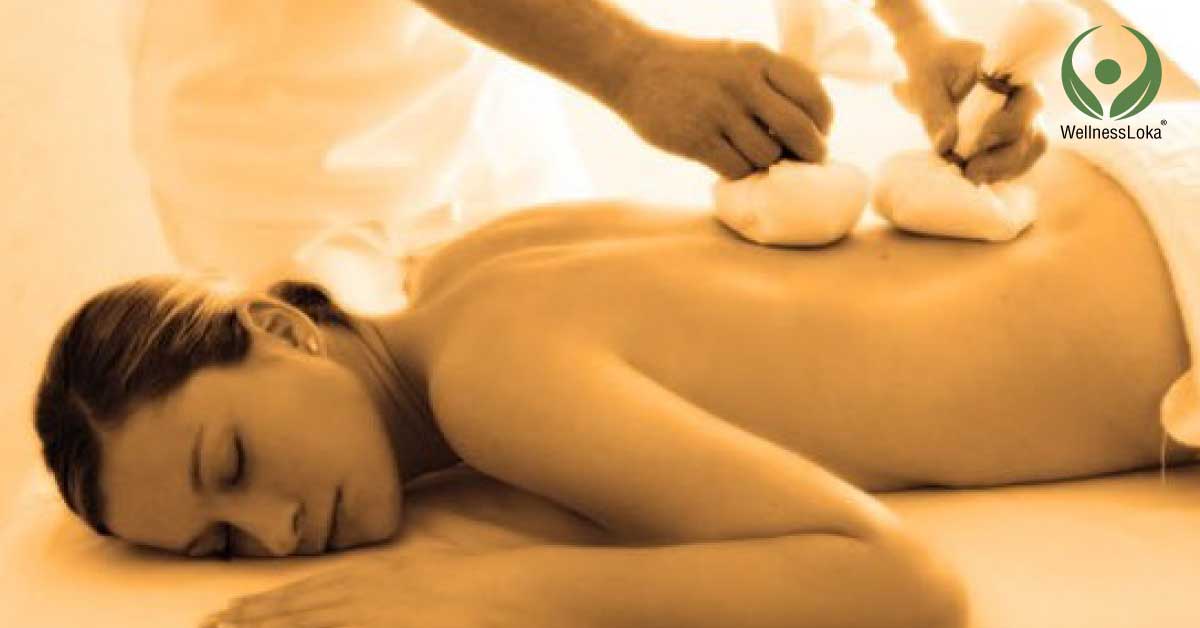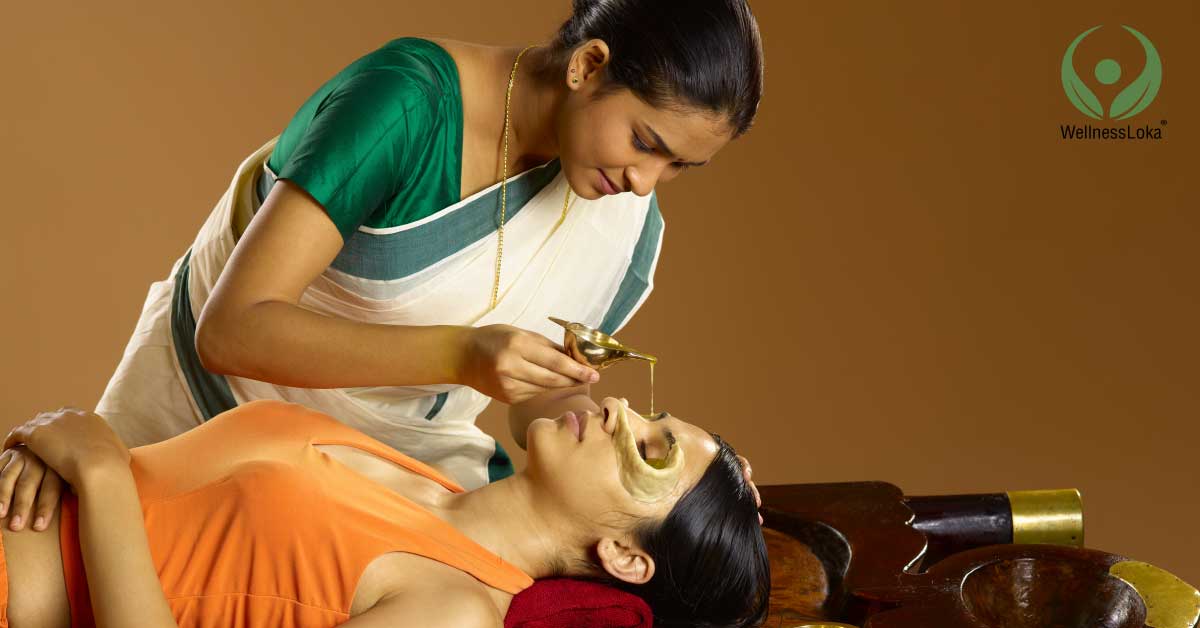Asthma

Asthma is a long-term inflammatory disease affecting the airways. the airways become narrow swollen and produce extra mucus that obstruct the passage.
Usually the person suffering from asthma suffer from recurring symptoms like reversible airflow obstruction and bronchospasm.
Symptoms
- Wheezing:- high pitch whistling sound produced while breathing. This is caused by the narrowed air passage
- Coughing
- Chest tightness
- Shortness of breath
The symptoms may version at night or in early morning.
Some may suffer from associated conditions like:-
- GERD:-Gastro Esophageal Reflux Disease
- Rhinosinusitis
- Anxiety disorders
- Mood disorders
What causes asthma?
The factors that cause of asthma can be:-
- Environmental factors:- increased air pollution is one of the factor that causes asthma. Lower quality of air has raised the number of persons affected by asthma.
- Over cleanliness:- There is a theory that supports over cleanliness will also increases the chance for asthma. Reduced exposure to bacteria and viruses will have negative effect on the immunity of the body. Now a days the doctors recommend moderate exposure to dirt and dust, in the early stages of life as good for improving the immunity.
- Smoking:- both active and passive smoking are the causes for asthma.
- Genetic factors
How can we manage asthma in Ayurveda?
In Ayurveda asthma is considered as swasa. The condition is classified into many types according to the signs and symptoms shown by the patient. Difference Symptoms and signs are caused by the vitiation of different doshas.
After a thorough examination the physician decides the type of treatment to be given to the person.
According to the type of Swasa, and the condition of patient the mode of treatment is selected.
- Shodhana chikitsa:- If the patient is strong and is eligible for shodhana chikitsa, then the person can be subjected to purification after the pre operative procedures. This will help in eliminating the vitiated doshas from the body and will help in managing the condition rapidly.
- Shamana chikitsa:- If the person is not capable of undergoing shodhana chikitsa, then the person can be given Shamana chikitsa. In this type of treatment medicines are given manage the condition.
Along with the treatments or after the treatment if patient should follow a healthy lifestyle and diet according to the instructions of the physician.
Practicing yoga especially pranayama can help in managing asthma.



















